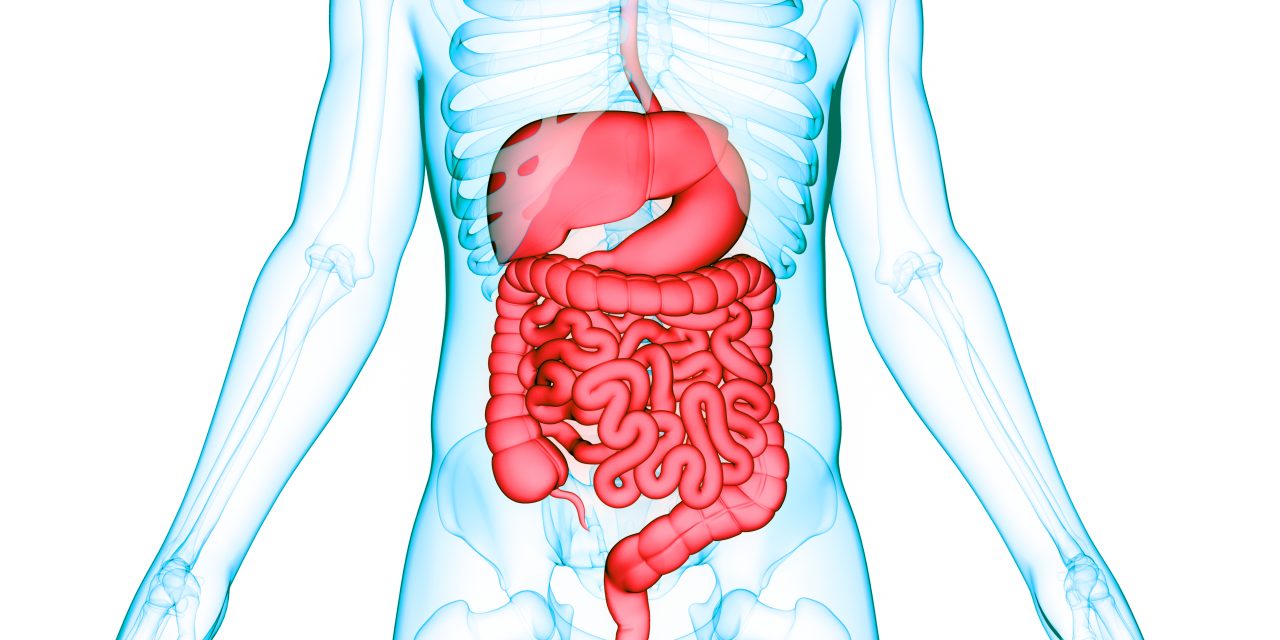Congenital diarrhoea and enteropathies associated with epithelial structural abnormalities are classified as 3 distinct rare diseases: tufting enteropathies, microvillus inclusion diseases, and tricho-hepato-enteric syndrome (THES). Furthermore, enteroendocrine deficits share clinical characteristics with TE, THE, and MVID in that treatment requires long-term parenteral feeding in the majority of cases. Despite the fact that multiple instances have been described in the literature, aggregated statistics on morbidity and mortality are lacking due to the illnesses’ rarity. The study conducted a systematic review of all published cases. The mortality rate was 20.28%, with a median age at death of 13.5 months; the mortality risk was 30.8/1000 person-year; and infections caused death in half of the cases. The patients with ED linked to PCSK1 were nearly all weaned at a median age of 14 months, but the majority of them became overweight.
Patients with MVID who had MYO5B mutations were more likely to be born prematurely. ED is associated with a NEUROG3 mutation, and THE patients typically exhibited retarded growth. The present study includes evidence from 323 patients with EPCAM TE, SPINT2 TE, TTC37 THE, SKIV2L THE, MYO5B MVID, STX3 MVID, NEUROG3 ED and PCSK2 ED mutations.
Reference: https://journals.lww.com/jpgn/Abstract/2021/06000/Genetic_Enteropathies_Linked_to_Epithelial.10.aspx


